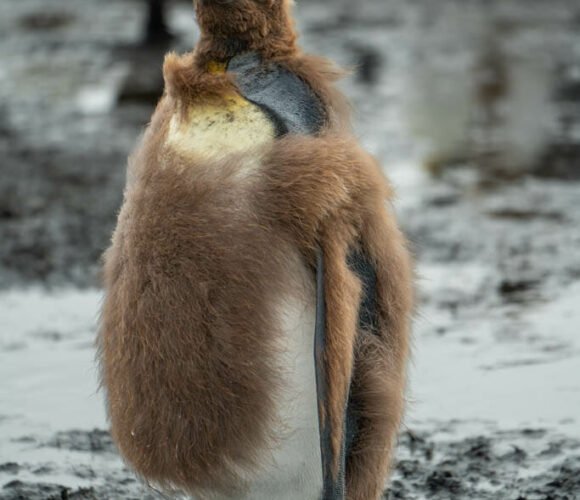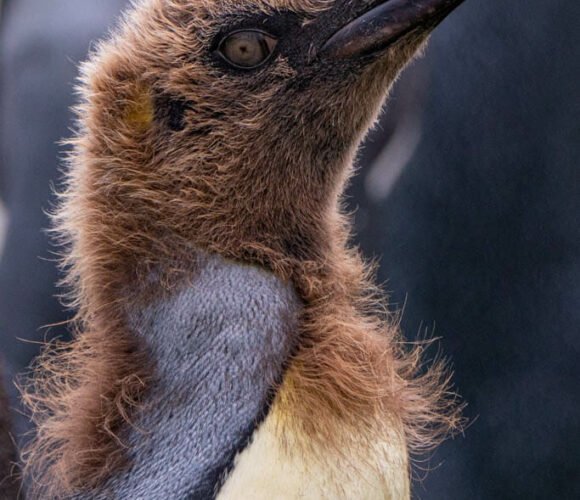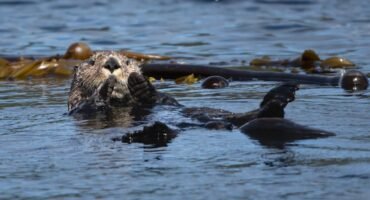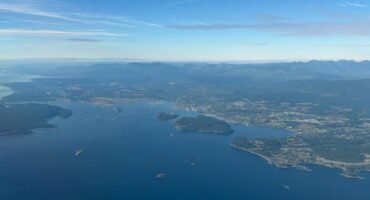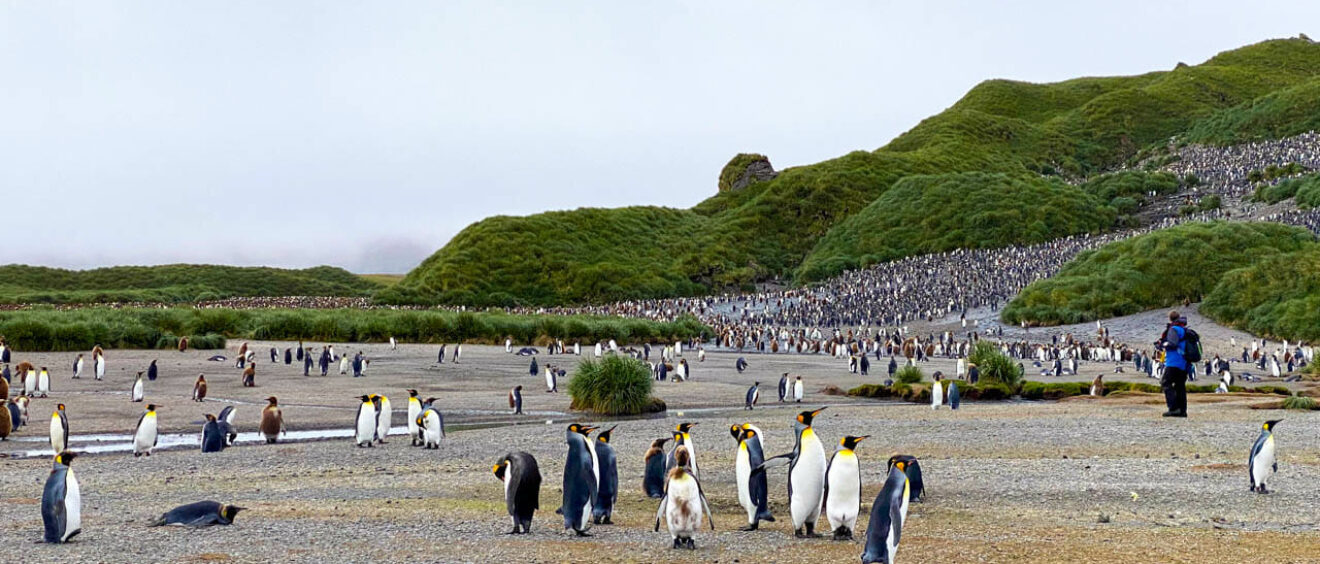
Salisbury Plain, South Georgia
This post is part of our epic adventure to the Falklands, South Georgia, and Antarctica. In case you don’t want to read this sequentially, or you are looking for a specific part of the trip, here are some shortcuts:
- Introduction
- Departure Day
- Santiago, Chile
- Torres del Paine, Chile
- El Calafate, Argentina
- Ushuaia, Argentina
- Embarkation Day
- Stanley, Falkland Islands
- Sea Days
- Tour of the Ship
- Right Whale Bay, South Georgia
- Salisbury Plain, South Georgia <-- You are here
- Grytviken, South Georgia
- Fortuna Bay, South Georgia
- Stromness, South Georgia
- Godthul, South Georgia
- St. Andrews Bay, South Georgia
- Gold Harbour, South Georgia
- Cooper Bay, South Georgia
- The Scotia Sea Surprise
- Cuverville Island, Antarctic Peninsula
- Port Lockroy, Antarctic Peninsula
- The Drake and Ushuaia, Argentina
Salisbury Plain, South Georgia – January 3rd
4 Celsius / 39 Fahrenheit – Fog and overcast skies

Today was a departure from our usual morning routine as we found ourselves skipping breakfast and setting foot on Salisbury Plain by 7 am. Because we wore dry suits the day before, this was our first time dressing for a landing. It wasn’t THAT cold, so I wore two long sleeve base layers, smart wool leggings, fleece pants, waterproof pants, gloves, a hat, neck gaiter, and the polar parka from Aurora. I learned quickly to put on my base layers and add the rest in the mudroom to avoid overheating.
There was a bit of surf at the landing site, but the zodiak drivers and the shore team did an outstanding job at getting everyone on and off safely. When disembarking from the zodiak, always face the shore, swing your legs over the side, and move as quickly to shore as possible.


As the name implies, Salisbury Plain is a flat expanse, blanketed in scree, dotted with tussock grass, and segmented with an intricate network of streams. The colony here has 250,000 pairs of King Penguins, including some adorable brown fluffy chicks.


When king penguin chicks transition into adulthood, they go through a molting process called “juvenile molt.” During this stage, the chicks shed their fluffy brown down feathers and replace them with the sleek, waterproof feathers of adult penguins. This molting process helps them develop the necessary plumage for swimming and surviving in the ocean. It usually occurs when the chicks are around 10 to 14 months old, and it takes several weeks to complete. It looks itchy and uncomfortable.


There were also hundreds of Antarctic fur seals, including some pups that were a week or two old.

The creche, also known as a “pupping colony” or “rookery,” serves as a safe space where the seal pups can rest, play, and interact with each other while their mothers are out at sea foraging for food. These pups were playing around this enormous whale bone.

We learned to take care while walking, because the older seals were well camouflaged in the tussock grass and didn’t like to be surprised.


There were also a few juvenile elephant seals, which are known for their immense size and distinctive trunk-like noses which develop over time.


The low clouds soon gave way to bright blue skies and the Grace Glacier. I could have stood there for hours.




We returned to the ship for brunch, which was basically a full breakfast combined with a full lunch. As the crew stowed the zodiaks, we did one final biosecurity check of all of our gear in preparation for the inspection that afternoon.
Next up — Grytviken, South Georgia
We’re Andy and Jennifer—two former corporate executives who chose long ago to prioritise experiences over stuff while pursuing our passions for travel and photography. From the Arctic to Antarctica, and most places in between, we’ve captured the world through our lenses and love sharing those stories. Our careers gave us the means, but our purpose is inspiring others to explore and helping people create images they’re proud of.

